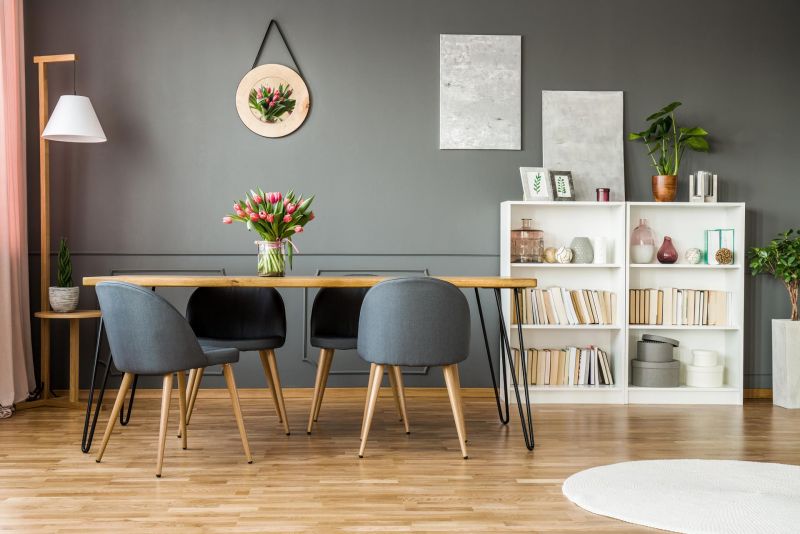Proper home ventilation is one of the top ways to improve and maintain great indoor air quality. We explore three different types of home ventilation.
When it comes to home ventilation, “out with the old, in with the new” is the way to go. Many typical household activities, such as cooking or showering, can have a negative impact on your home’s indoor air quality. Without an effective ventilation system, you run the risk of harboring these indoor pollutants for weeks at a time. Poor ventilation can raise indoor pollutant levels by not efficiently cycling out the pollution from indoor sources and cycling in the outdoor air to weaken emissions from indoor sources.
Sources of indoor pollutants include biological pollutants, such as mold, pollen, dust, and dander; secondhand tobacco smoke; and combustion pollutants, such as fuel burning stoves, furnaces, fireplaces, heaters, and water heaters. Potential side effects of poor indoor air quality can be either short-term (headaches, dizziness, fatigue, and irritated eyes, nose, and throat) or long-term and requiring serious treatment (respiratory disease, heart disease, and cancer). Maintaining high indoor air quality through an active ventilation system, therefore, is crucial to your health and wellness.
There are three basic types of ventilation strategies:
1. Natural ventilation: Natural ventilation is the uncontrolled movement of air via cracks and other openings in a home. Its unpredictability makes it an unpopular choice for a ventilation system; indoor pollutants may not be removed on mild days, while windy weather could make a house drafty and expensive to heat or cool if the house isn’t sealed properly. The energy-efficiency movement means that these flaws are being sealed off and that homes are gaining more control over their ventilation; however, indoor ventilation is still necessary to sustain a healthy air quality. Opening windows and doors provides natural ventilation, but homes that use central heating and cooling systems year-round often avoid this so they don’t waste their energy. Opening doors and windows also means you run the risk of bringing in outdoor pollutants such as pollen.
2. Whole-house ventilation: Whole-house ventilation offer controlled, uniform ventilation throughout a house by using fans and duct systems to cycle out bad air and bring in fresh air. Whole-house ventilation is considered a more complete option than natural or spot ventilation.
3. Spot ventilation: Spot ventilation complements natural and whole-house ventilation by working at the source of indoor air pollution and moisture. The most recognizable example of spot ventilation is localized exhaust fans, like the ones found above kitchen stovetops and in bathrooms.
The Venta Humidifier offers the best of all types of ventilation. The Venta Humidifier uses only water and no filters, making it an all-natural and eco-friendly choice. The humidifier can also be used to enhance other ventilation systems by being placed in a room that could use extra ventilation, such as an attic or basement. Finally, the humidifier is much simpler and less expensive than installing a brand-new whole-house ventilation system. Compare our products today to determine what humidifier works best for your home ventilation needs.


Thank you for sharing such a great post about benefits of ventilation. It is really very important for us.
Home ventilation
Regards
Zephyr
http://zephyrair.co.nz/home-ventilation-systems/